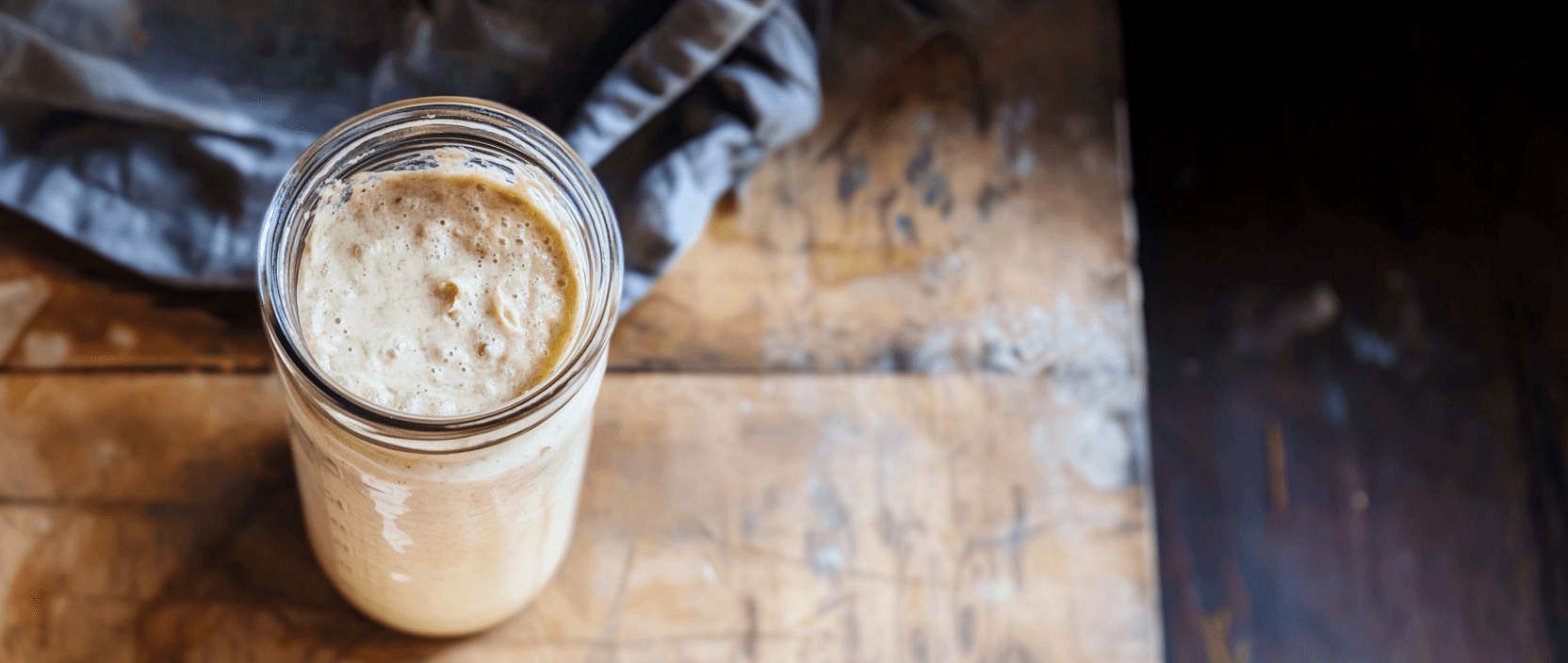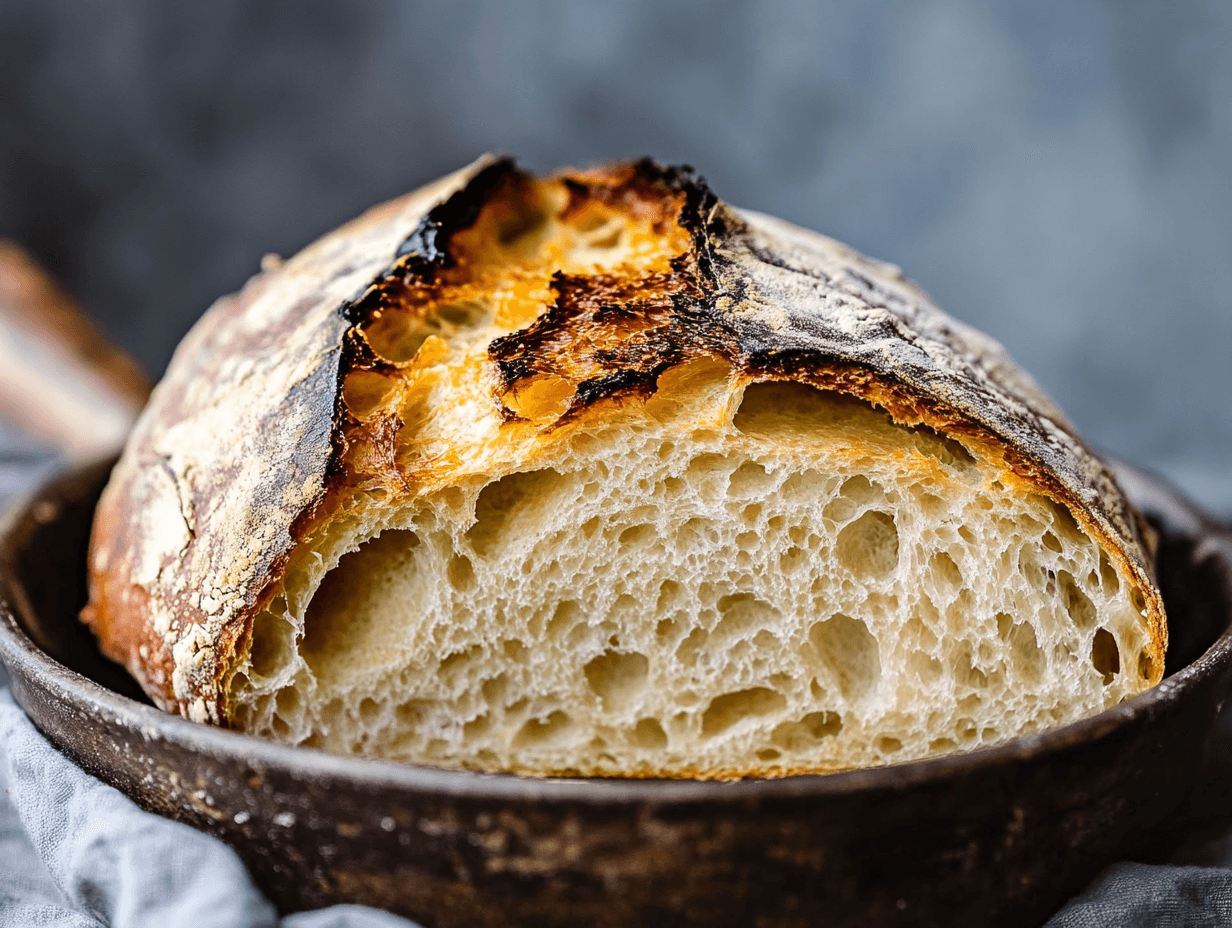
If your sourdough starter is not rising, you’re likely feeling frustrated, especially after days of feeding and waiting. A sourdough starter is the heart of sourdough bread, and when it doesn't rise as expected, it can make the whole baking process feel impossible. Don’t worry—you’re not alone! Many sourdough bakers, especially beginners, encounter this issue. In this post, we’ll dive into the common reasons why your sourdough starter isn't rising and what you can do to troubleshoot it.
So, if you’re searching for answers to “Why isn’t my sourdough starter rising?” or “How do I fix a sourdough starter that’s not bubbling or rising?”, this guide is for you.
Why Your Sourdough Starter Isn’t Rising: Common Reasons
Temperature Is Too Cold
One of the most common reasons your sourdough starter isn’t rising is the temperature. Sourdough starters thrive in warm environments, ideally between 70°F and 85°F (21°C to 29°C). If your kitchen is too cold, the wild yeast and bacteria that help your starter rise may slow down significantly or even go dormant.
Fix: Try moving your starter to a warmer spot in your home. A good option is near a stove, on top of the fridge, or even inside an oven with just the light on for some extra warmth.
Feeding Schedule
If you’re not feeding your starter consistently, it may not rise. Sourdough starters need regular feedings to stay active and rise properly. Feeding introduces fresh flour and water, which the yeast and bacteria need to multiply and create those lovely bubbles and rise.
Fix: Feed your sourdough starter once every 12-24 hours. If it’s especially cold or slow to rise, feeding more frequently (every 8-12 hours) can help jump-start the fermentation.
Inactive Yeast
If your sourdough starter isn’t rising at all, the yeast might not be active. This could happen if you’ve used chlorinated water, old or bleached flour, or if the starter hasn’t been properly maintained over time.
Fix: Make sure you're using filtered or distilled water (chlorine can inhibit yeast growth), and opt for high-quality, unbleached flour. If your starter hasn’t been fed in a while, discard a portion of it and start feeding it regularly with fresh flour and water to revive it.
Improper Flour-to-Water Ratio
The consistency of your sourdough starter matters. If your flour-to-water ratio is off, your starter may not rise. Too much water can make the starter too runny, diluting the yeast and slowing its rise, while too little water can make the mixture too thick and prevent the yeast from developing properly.
Fix: Aim for equal parts flour and water by weight (a 1:1 ratio). If you’re using cups, you may want to adjust to slightly more water than flour to reach the right consistency. The starter should resemble a thick pancake batter.
Using the Wrong Type of Flour
Not all flours behave the same way in a sourdough starter. Whole grain flours like whole wheat or rye contain more nutrients and tend to ferment faster than all-purpose flour. If your starter isn’t rising, switching to a more nutrient-rich flour could help.
Fix: Try feeding your sourdough starter with whole wheat or rye flour for a few days. These flours contain more wild yeast and will usually give your starter a boost.
How to Fix a Sourdough Starter That’s Not Rising
If your sourdough starter is not rising and you've tried adjusting temperature, feeding schedule, and flour choices, here’s a step-by-step plan to bring it back to life:

Start Fresh With a Healthy Portion
Discard all but about ¼ cup of your starter. This gives the remaining yeast and bacteria enough room to multiply without being overwhelmed by the previous mixture.
Feed It Regularly
Feed your starter equal parts flour and water by weight. You can switch to whole wheat or rye flour temporarily to help kick-start the fermentation process.
Warm It Up
Place your starter in a warm spot (around 75-85°F) to encourage activity. You can also try placing it inside your oven with just the light on for extra warmth.
Watch for Bubbles
Check for bubbles within 12-24 hours. If it bubbles and begins to rise, you’re on the right track. Continue feeding it regularly until it becomes active and rises consistently.
Be Patient
Reviving a sluggish sourdough starter can take several days, especially if it’s been neglected or kept in a cold environment. Give it time, and don’t lose hope!
What to Expect When Your Sourdough Starter Is Healthy
A healthy, active sourdough starter will rise and fall predictably within 4-12 hours after feeding. It should have a tangy, pleasant smell and be full of bubbles. If you see these signs, your starter is ready to use for baking.
Once you have a reliable starter, you can confidently move forward with making your own sourdough bread at home.
Final Thoughts: Sometimes a boost can help!
If your sourdough starter isn't activating as expected, think about trying Moon Starter Premium Dehydrated Sourdough Starter for an extra boost. Simply incorporate a small amount into your usual feeding routine and observe your starter come to life!